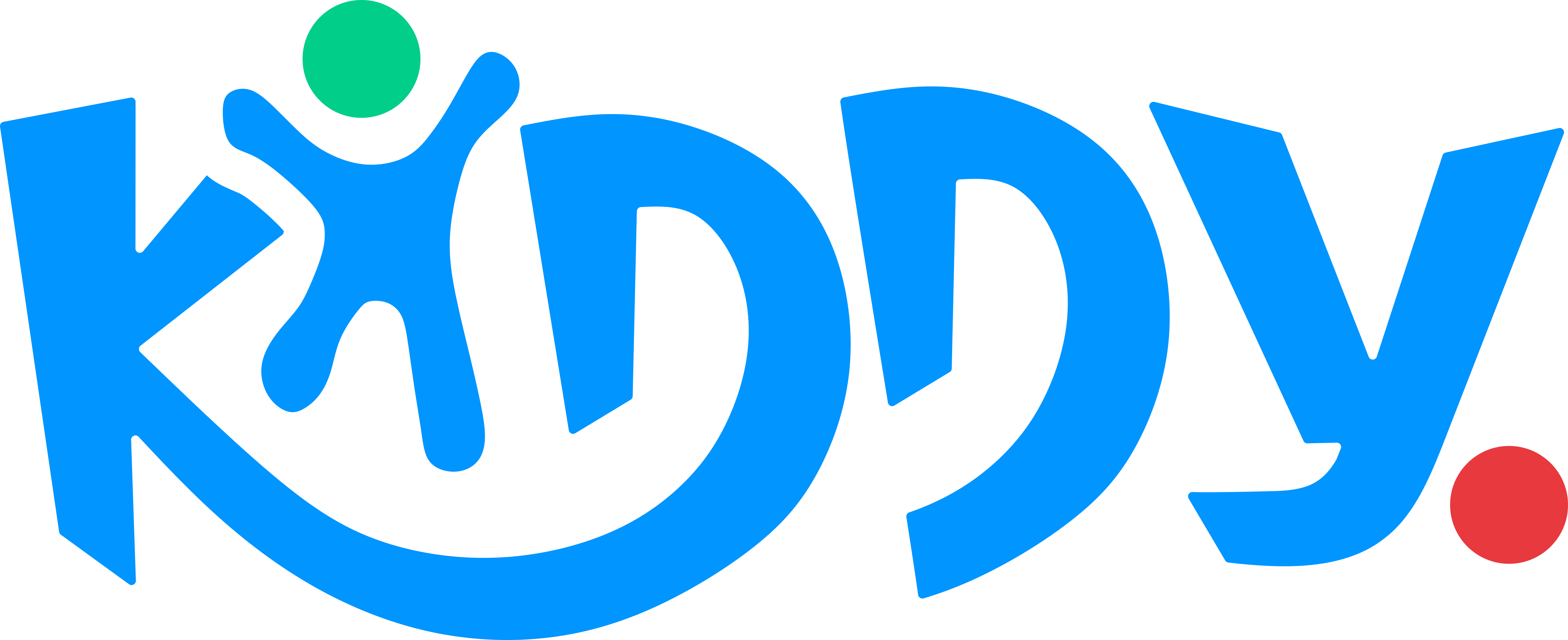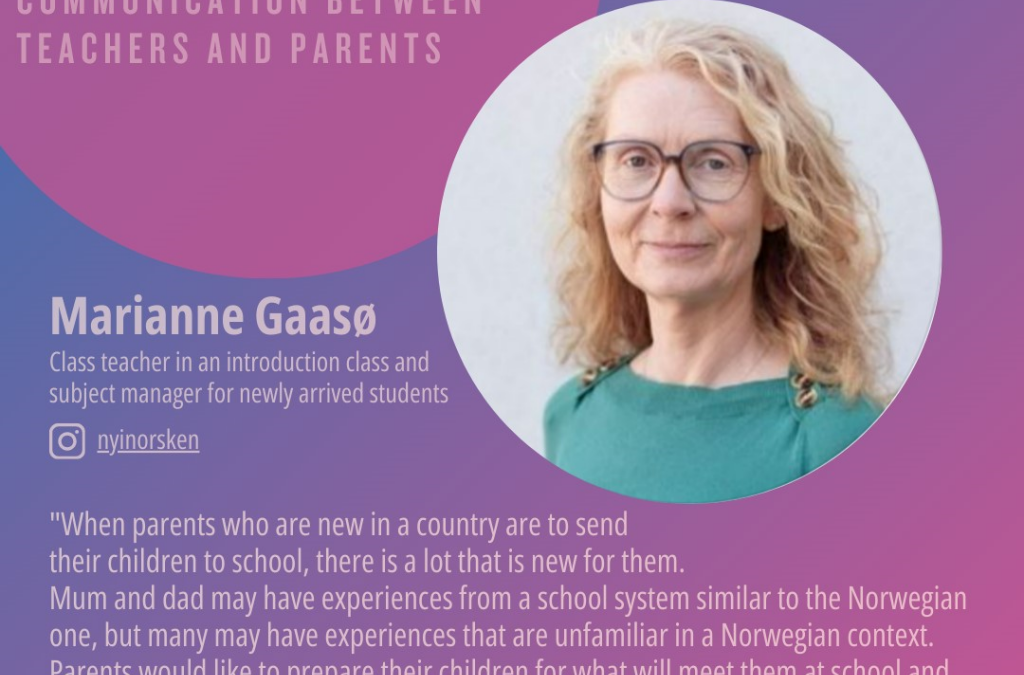In connection with kindergarten and the start of school, we at Kiddy have spoken to dedicated teachers about what is important to consider to maintain good school-home communication. We’ve talked to the individuals behind Instagram accounts @inkluderingssiril – Siril Grevsnes Bratten, @norskmedmona – Mona Grorud Sørensen, and @nyinorsken – Marianne Gaasø!
Today marks the week’s final contribution, and none other than @nyinorsken – Marianne Gaasø has written about the importance of good school-home communication.
“Imagine starting a new job. You bring with you many experiences from your previous job, but you know little about this new job. You receive information from your boss, but you don’t understand what he’s saying. You have questions, but you don’t know how to formulate them so that you’ll be understood with the words and terms used in the new company. You notice that you try to have as little contact as possible and that it’s difficult to engage with colleagues and the work. When parents who are new to Norway send their children to school, there is much that is new for them. Mom and dad may have experiences from a school system similar to the Norwegian one, but many may have experiences that are unfamiliar in a Norwegian context. Parents want to prepare their children for what awaits them in school and actively participate in their children’s everyday lives. Education is a big and important project in many families. Providing parents with tools they can quickly use, especially multilingual tools, will start a good collaboration from day 1. Parents will become accustomed to receiving information they understand, and they will find that they can easily provide useful information back to the school for the benefit of the child. Having good cooperation with the home is so important that one cannot wait for parents to learn to use single-language tools or enough Norwegian to communicate on the school’s terms.”

Marianne Gaasø, Contact teacher for welcome class and responsible for newly arrived students.
“Almost daily, messages go from school to home for parents in a class. It can be anything from ‘Remember outdoor school tomorrow’ to longer information about things happening at school. I worked in adult education for many years before I started as a contact teacher for a welcome class in my municipality. Much time at school went into explaining and translating the information received from the school for the adult participants. It’s good for learning Norwegian, but also time-consuming. I also experienced that many parents with a minority language background gave up following what came from the school through other communication platforms, because they didn’t understand. As a result, their children often came unprepared to school because parents hadn’t received messages sent out. Two years ago, I went back to primary school, first as an SNO teacher, and eventually, we got our own welcome class. As an SNO teacher, I spent a lot of time with Google Translate in various languages. I also have parents who don’t read in their mother tongue in my group. It was very challenging to exchange messages both ways. Being able to communicate between school and home is very important for all parties, and most importantly for the child’s well-being and social/academic development at school. I am very pleased that I discovered Kiddy. It makes it easy for me to write a message in Norwegian, and I know that parents receive the message in a language they understand. If they can’t read, they get the message read aloud. I also find that I mostly receive important messages about, for example, absences, dental appointments, and so on. It was rare that I received such messages before. I find that parents can communicate important information in a much better way (and much more often) now, making it safe and predictable for all of us around the student, and especially for the student themselves.”
Mona, Teacher in special Norwegian at primary school in Skaun municipality.
Watch our interview with Mona: https://www.youtube.com/watch?v=AURg0BoI3Wo&t=2s

@LærerMona
Mona, Teacher in special Norwegian at primary school in Skaun municipality.
“I think it’s important to have an understanding of what the home is facing. What can one expect, and why is it like that. We adults must not look down on the home, but rather gain an understanding of what the home looks like. So, at school, we must see the student for who they are and exactly where they are. And at that level, establish a relationship with the student. Be curious about the culture and immerse oneself in the culture. Know the history of the culture and in the classroom bring in cultural understanding! Perhaps one can have a project about a country and let students study that country, cook food, and learn about where ‘x’ comes from. I believe that this creates inclusion.”

InkluderingsSiril💚, Teacher and Social Worker.
For more information about the Kiddy app, visit: https://www.kiddyapp.io/.
For more information about the social entreprenur behind kiddy, Visit: https://www.daxap.io/

